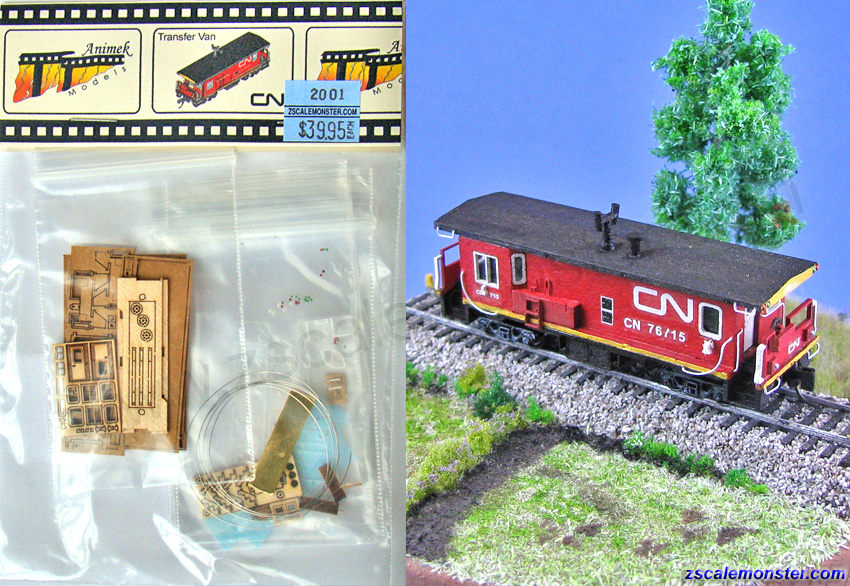I mention trains as being among my many interests. Perhaps a better word than interest would be obsession, as I've been collecting assorted shapes and sizes of model trains, toy trains, and railroadiana (that's 'stuff associated with trains, railroads, and railfans' to the non-train people) since I was old enough to think. I got my first electric train set when I was six and I've been campaigning (unsuccessfully) for the space to build myself a railroad ever since.
Meanwhile, my collection has kept growing. Every single birthday, every holiday, every "Mommy/Daddy, pleeeeeeease?" and about a third of every dollar that has ever passed through my hands has contributed in some way to the addiction. Most of my friends have seen more of my gamer side because it's easier to find space for a computer than a model railroad. I have way more trains than I have games.
Hand-in-hand with my train nuttery walks a fascination with mechanical things. Watches, click-pens, guns, wind-up toys... you name it, I've probably fiddled with its gears and springs and gizmos at some point (in an entirely safe and responsible manner in the case of guns, I assure you). The smaller and more intricate the device, the more interesting it becomes. Thus, I settled on Z- 1:220th scale- as my model railroading focus. Being a 25-year-old in a hobby dominated by retirees (or at least stable and much better funded middle-aged folks) is odd enough, but I had to go and become a Z-head.
Z scale is... special. Everything is tiny. Look at the shift key on your keyboard- that's about the size of a Z scale train car. They're not cheap either; because of the precision tooling needed to create parts for the models, and the smaller market for them, Z scale locomotives and rolling stock tend to be more expensive than equipment in larger scales with the same features and detail. Only a handful of manufacturers offer a comprehensive range of products- by which I mean there are just over a dozen affordable, mass-produced, ready-to-run, American-prototype locomotives (including the ones that have gone out of production) available to a Z-scale modeler compared to hundreds in larger scales.
The same limited selection applies to the entire range of Z scale accessories, from trees to street signs. Almost every available structure comes in kit form, which means good eyesight (or a good magnifier), good manual dexterity, and a good set of tweezers are pretty much requirements unless you want to spring for an obscenely overpriced pre-built layout. The kits are pretty expensive too, so getting things done in Z means either spending a lot of money or learning to scratch-build and kitbash- the latter word is a modeling term meaning 'to take bits and pieces of other models and create an entirely different model with them.'
Do not mistake any of that for complaining. I absolutely love this scale and all the challenges that come with it. I spent most of the evening painting a caboose kit made of fragile wood parts about as thick as a sheet of card paper, which I'm hoping to (mostly) assemble tomorrow. Earlier in the day I visited a hobby shop to look for styrene plastic tubing that I could use to build myself a set of tank cars from scratch, because I figured it would be a fun little project for the next few months (and because I worked out the math and realized I could build about half a dozen cars for the price of one ready-to-run model).
Yes, there will be pictures- if I remember to take any while I'm
building. No, I haven't taken any yet because all they'd show are a few
bits of red, black, and yellow wood and a whole bunch of plastic tubes. Here's what that caboose should look like when it's finished if I
don't completely screw it up:
I will be rather upset if I screw up (I've been practicing my skills on much, much cheaper stuff for months now), but it is a distinct possibility. The image of the finished product you see there is very enlarged. The image of the kit in its package is how big the parts I just finished painting actually are (those little green and red and white specks in the image on the left are the red, green, and white 'lights' on the end of the finished car in the other image). This is the sort of build that a badly timed sneeze could turn into something out of a Michael Bay movie.
I love really small stuff. :)

No comments:
Post a Comment